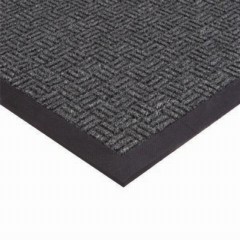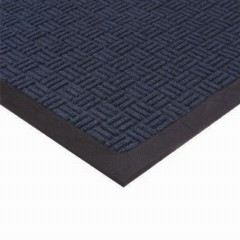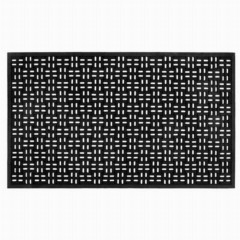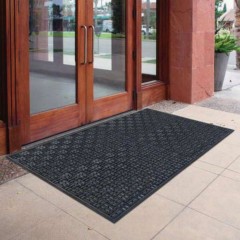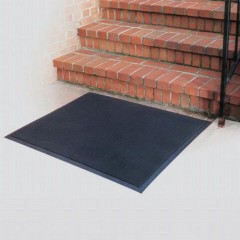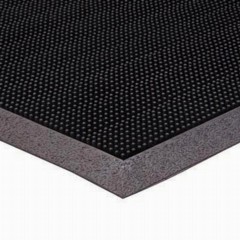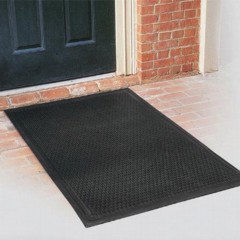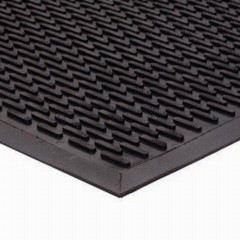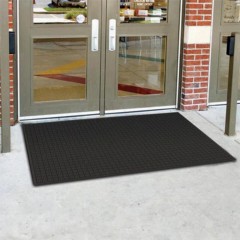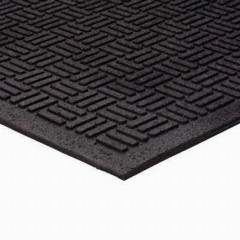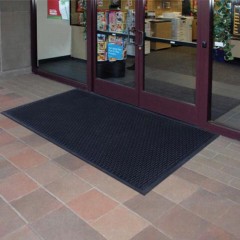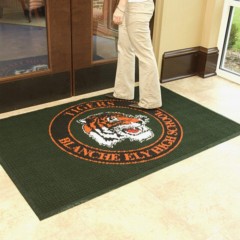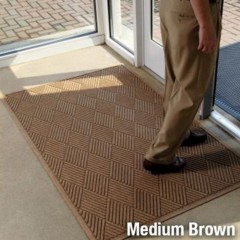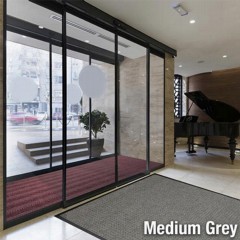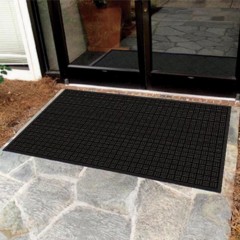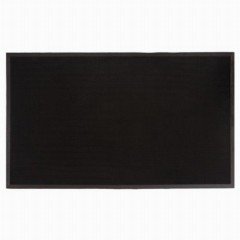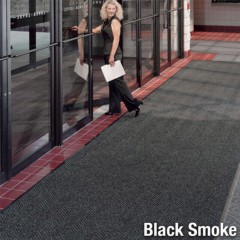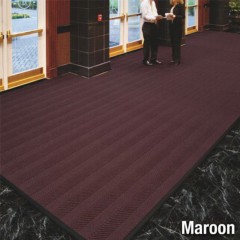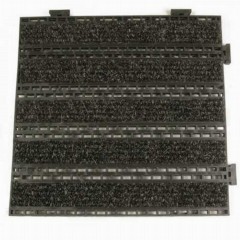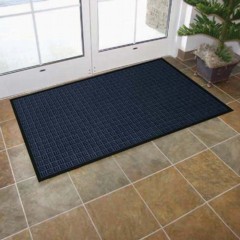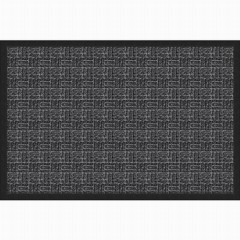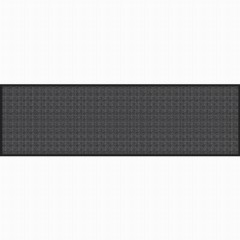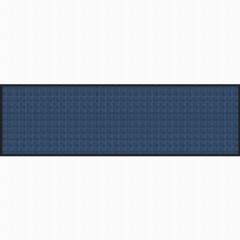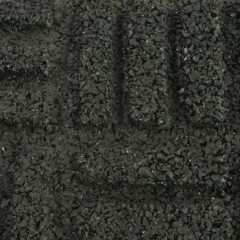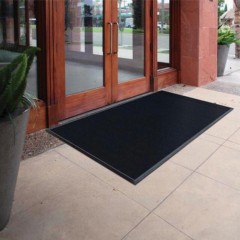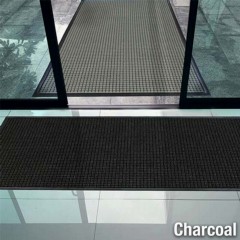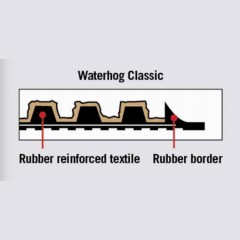Options for Outdoor Entrance Mats
Create the perfect greeting for visitors, employees, business associates, or even guests to your home when you select outdoor entrance mats from Greatmats. Our entrance carpet or rubber mats provide the perfect greeting for people coming to your door while keeping them safe from slips. These mats provide a barrier against damp conditions from outdoors being tracked indoors.
Extend the exterior walk-off mats indoors, and you’ll have additional protection from wet, slippery floors. The team in charge of building maintenance will appreciate the cleaner floors … even if that ''team'' is your kid because it’s their chore for this week.
Types of Commercial Outdoor Entrance Mats
We have three formats and types of commercial outdoor entrance mats.
Mats
Mats available in pre-cut sizes are the most popular option for external rugs. They often have beveled edges to reduce the trip hazard.
Tiles
When you want to create a specific coverage size or must cover an odd-shaped area, interlocking tiles work well. Our
Entrance Linear Tile with a mixture of carpet and plastic is extremely popular.
Rolls
Rolls can cover a long, narrow walkway, letting people scrape their shoes multiple times before reaching the main flooring. Our
Waterhog Max Roll is one of our most popular outdoor walk-off mat carpet products.
Common Entrance Mat Outdoor Materials
Several different materials are commonly used in our entrance mat outdoor products.
Carpet
Carpet is a popular choice for mats because of its rough texture for catching dirt and debris from shoes and its pleasing look. Our mats consist of carpet alone, polyester carpet, and carpet on plastic.
Rubber
Rubber mats have excellent traction and top-notch durability. They frequently consist of recycled tires, which makes them an environmentally friendly choice.
PET and Rubber
These mats have a mixture of PET (polypropylene) fibers and rubber to create a long-lasting outdoor entrance mat. The PET fibers resemble carpet, while the rubber nubs prevent the PET fibers from crushing under the weight of people walking on them.
Polypropylene Plastic
Polypropylene plastic mats and tiles offer excellent traction and durability.
Features and Benefits of Commercial Outdoor Entrance Mats
Some of the key benefits of our outdoor entrance mats include:
- Weatherproof
- UV resistance
- Slip resistance
- Multiple coverage size options
- Handles heavy foot traffic
- Many consist of recycled materials
- Traps dirt and moisture from shoes
- No adhesive needed
- Grippy back layer holds it tight to the floor
- Darker colors hide soils
- Options for printing a logo
Entrance Mat Outdoor Use Types
Some of the most common ways to use our outdoor entrance mats include:
- At a business entrance
- At a residential entrance
- At the base of exterior steps
- As a walkway inside the door
- Indoors at the entry to a room with dampness
Retail shops, hotels, schools, government buildings, commercial and industrial facilities, and office buildings all can make use of these mats.
Outdoor Entrance Mats Q&A
What are the best large outdoor mats?
The
best large outdoor mats can transform an outdoor space with weatherproof capabilities and UV resistance. When used as entrance and walkway matting to the building, they need to provide traction and the ability to drain water away. Rubber and carpet work nicely for heavy-duty outdoor entrance mats.
How large is an outdoor mat?
The
size of an outdoor mat can range from as small as about 2 by 3 feet to huge mats that cover a long walkway at the entrance to a building. The largest mats for a walkway can measure 6 by 67 feet, allowing them to serve as walk-off matting. You can connect smaller indoor/outdoor entrance mats to cover a large space in an industrial setting or at a business, too.
What are the best qualities of waterproof outdoor mats?
The
best qualities of waterproof outdoor mats include the ability to create a slip-resistant textured surface in areas that receive rain. Exterior entrance mats should offer UV resistance to avoid fading while remaining durable for repeated use.
What sizes of floor mats are most popular for home entrances?
The most
popular size of floor mats for home entrances can range from 20 by 30 inches to 36 by 72 inches. Customers frequently select our 3-by-5-foot or 5-by-8-foot entrance matting, too. We have several different sizes of outdoor door mats, helping customers find one that fits their residential entry doorways perfectly.
Are recycled tire mats good for outdoor use?
Yes,
many recycled tire mats are good for outdoor use. However, some models are only suitable for use indoors, so you should pay attention to the manufacturer’s instructions for usage. If you’re ever unsure, just contact the Greatmats customer service team for advice on finding the best commercial outdoor entrance mats.
 $8495 /Mat You Save 5%$5.92/sqftShips Out in 3-5 Working Days SustainableShop
$8495 /Mat You Save 5%$5.92/sqftShips Out in 3-5 Working Days SustainableShop



